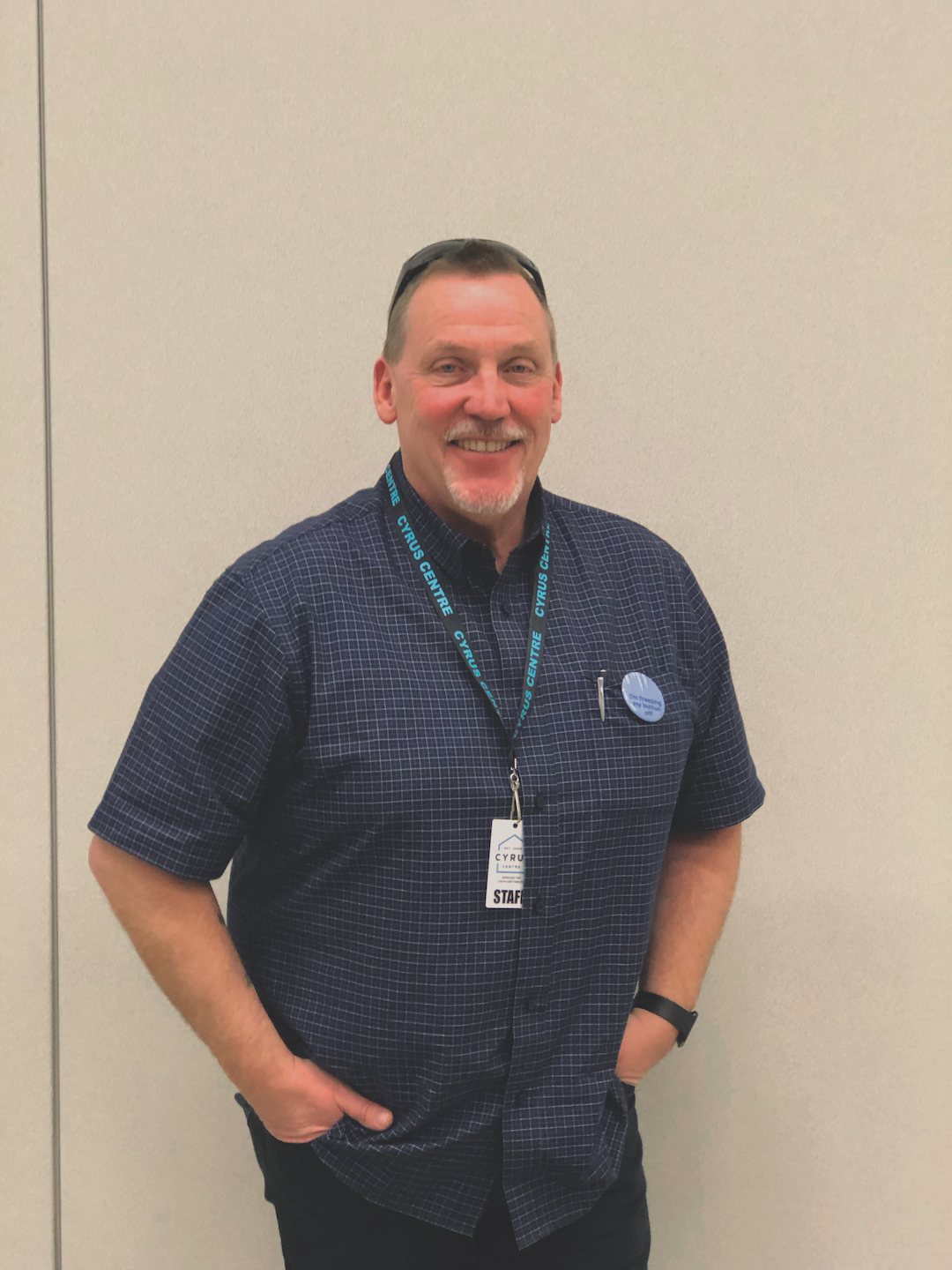How do you measure success? On Jan. 30, Les Talvio, executive director of Cyrus Centre in Abbotsford, held an event on campus to address the issue of youth homelessness. He began the seminar with the inspiring backstory of how Cyrus Centre came to be.
After participating in a group study on youth homelessness, in the Fraser Valley, Talvio realized that there was a need for support. Talvio participated in multiple focus groups that helped established a list of things that could drastically improve life for these youth. He heard their stories and listened, creating a model for Cyrus Centre based around five important needs. The top of the list was a need to have access to showers, and second was a place to do laundry; that way they could confidently apply for jobs. Third on their list was access to good food, and fourth was a safe place to talk to adults. The fifth thing on the list was a need for shelter.
After months of fundraising, and establishing a good connection with generous donors, the Cyrus Centre first opened their doors in 2004. But how do you measure success in an operation that deals so often in heartache? To Talvio and his team, it can be as simple as someone finally accepting a cookie. Many of the youth coming into the Cyrus Centre have had a very difficult backstory. The Cyrus Centre focuses on creating an environment where they can open up and start to heal. Sometimes that process can be hard, but getting through to youth often starts with a meal.
The centre operates multiple different initiatives to help keep youth off the streets, especially during winter months. During the months of November and December in 2018, Talvio estimated they had around 75 persons between the ages of 19 to 24 that accessed their temporary shelter program.
Many people don’t realize that there is an urgency for facilities like this due to how many youths are on the streets. Speaking with Talvio, he said that you can see a youth on the street with ripped jeans, and assume they paid for them that way. But some don’t realize that might be the only jeans they have, and they don’t have a place to go home to. With the support of the Cyrus Centre, many young adults have gone on to find success: some go on to university, some start a family, and some buy their own homes. The Cyrus Centre gets the occasional visit from adults who have previously benefited from their programs. Sometimes they bring food, and sometimes they bring their kids to come by and say hello. It’s the success stories that truly show how important it is to give more support to young people who need it. The Cyrus Centre is not a home for runaways, it is a facility that helps support youth who have no place else to go. Through life skills initiatives and other programs, they help give these youths the opportunity to succeed.
Creating relationships with the surrounding community is one of the Cyrus Centre’s initiatives. They want to have conversations with local businesses and schools to help bring understanding to the community. Talvio also talked about some of the different opportunities with the Cyrus Centre. There are plenty of volunteer and work study programs available for students who might be interested in this line of work. The one thing that Talvio wants to remind us all is that “Every kid has a story.”
Image: Alexandra Johnson/The Cascade


